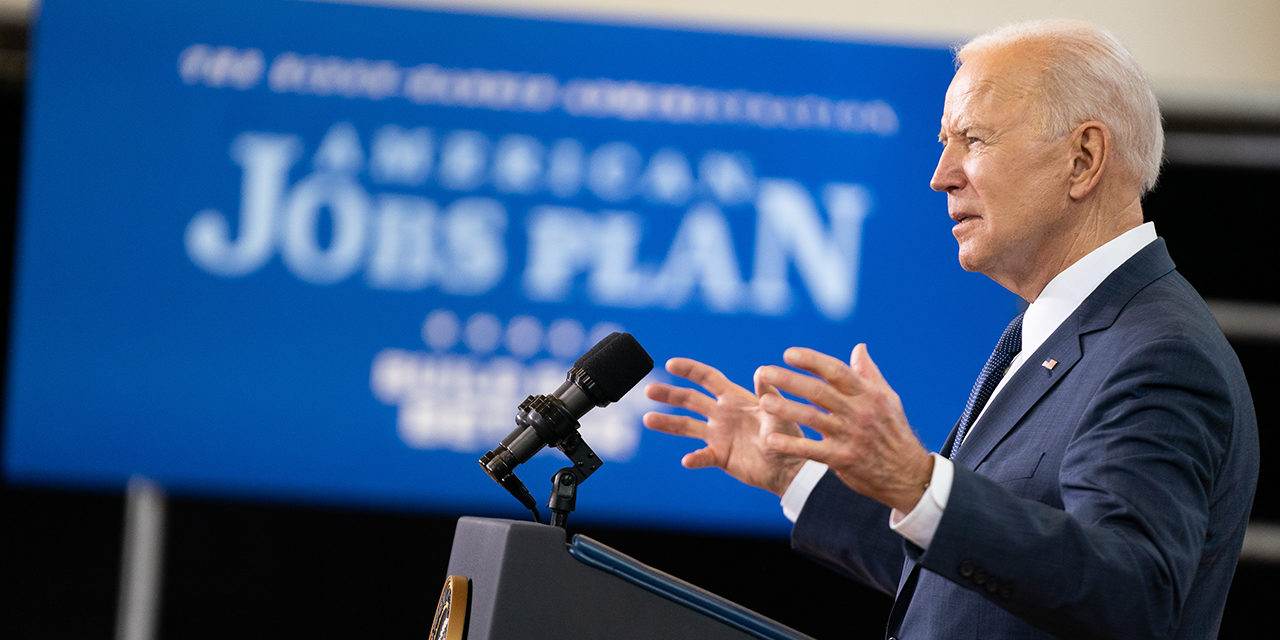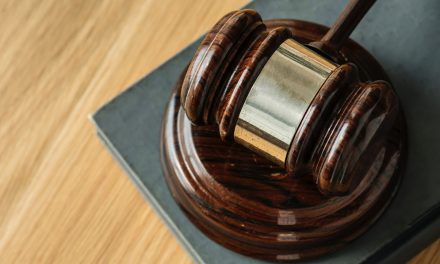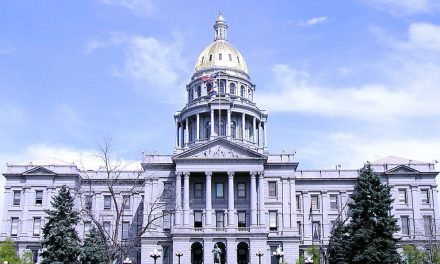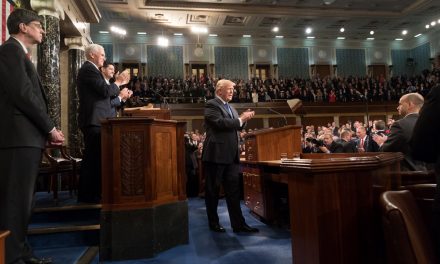President Joe Biden is scheduled to give his first speech to a joint session of Congress on Wednesday, April 28, at 9:00 p.m. Eastern Time. The speech comes just ahead of his 100th day in office. Speaker of the House Nancy Pelosi said she invited the president “to share your vision for addressing the challenges and opportunities of this historic moment.”
The president is expected to discuss his newly proposed $1.8 trillion “American Families Plan,” as well as the “American Jobs Plan,” a $2.3 trillion dollar infrastructure, jobs and tax package proposed in late March.
The two new proposals follow Congress’ passage of the “American Rescue Plan,” with its $1.9 trillion in spending on March 10. The Rescue Plan sent $1,400 checks to more than 150 million Americans, delivered more than $500 billion to state and local governments, and extended unemployment benefits with a $300 weekly supplement. Less than 9% of that plan reportedly went to combat the COVID-19 pandemic through public health spending.
Focus on the Family President Jim Daly wrote about the American Rescue Plan, noting that the bill also included “massive pork” and “funding for abortion.” He also raised concerns, when that legislation was passed, about the resulting increase in our national debt.
Daly said that “the subject of the rapidly escalating U.S. debt should also be of ethical concern to the family” and “debt enslaves nations and eventually weakens their way of life.” He noted that if the government divided the total debt – over $28 trillion – among its people, “it would come out to nearly $85,000 per citizen and nearly $224,000 per taxpayer.”
The two newest administration proposals raise those, and other concerns, as well.
In an address President Biden gave on the American Jobs Plan, he said, “It’s not a plan that tinkers around the edges, it’s a once in a generation investment in America. Unlike anything we’ve done since we built the interstate highway system and won the space race decades ago. It’s the single largest investment in American jobs since World War II.”
He also said that the proposal would provide jobs for workers, “90% of the infrastructure jobs created by our American Jobs Plan can be filled by people who don’t have a college degree. 75% don’t need an associate’s degree.”
A White House statement said that the proposal would “fix highways, rebuild bridges, upgrade ports, airports and transit systems,” “deliver clean drinking water, a renewed electric grid, and high-speed broadband to all Americans,” and “modernize our nation’s schools and child care facilities, and upgrade veterans’ hospitals and federal buildings.”
The Heritage Foundation reported that the jobs proposal included, “$225 billion federal paid family leave program, a $225 billion childcare subsidy, and $200 billion for universal Pre-K.”
As part of the plan, the White House called for the “Made in America Tax Plan,” which would raise $2 trillion through corporate tax increases over the next 15 years to pay for the job and infrastructure spending. According to The Wall Street Journal, the corporate tax rate would go from 21% to 28%, which “would put the U.S. back toward the top of the pack among major economies.”
The administration also raised the possibility of increasing the capital gains tax, which taxes the gains made on assets such as stocks, bonds and property. The current top rate, for individuals with incomes above $1 million, is 23.8%. That could go as high as 43.4% under a plan proposed by the administration.
The Washington Post reported that the American Families Plan “calls for devoting hundreds of billions of dollars to national child care, prekindergarten, paid family leave and tuition-free community college” and “will be at least partially funded by about a half-dozen tax hikes on high-income Americans and investors.”
The Post said that the taxes and spending were all part of the president’s “Build Back Better” agenda. The proposals “would amount to being among the most ambitious government overhauls of the economy in decades” and passing the legislation “could also be among the most difficult the White House has so far faced.”
The Rescue Plan and the two new spending proposals in 2021 come on top of five COVID relief packages passed during the Trump administration in 2020, totaling almost $4 trillion. Those five bills include the Families First Coronavirus Response Act, the CARES Act, and the Consolidated Appropriations Act.
Photo from The White House






